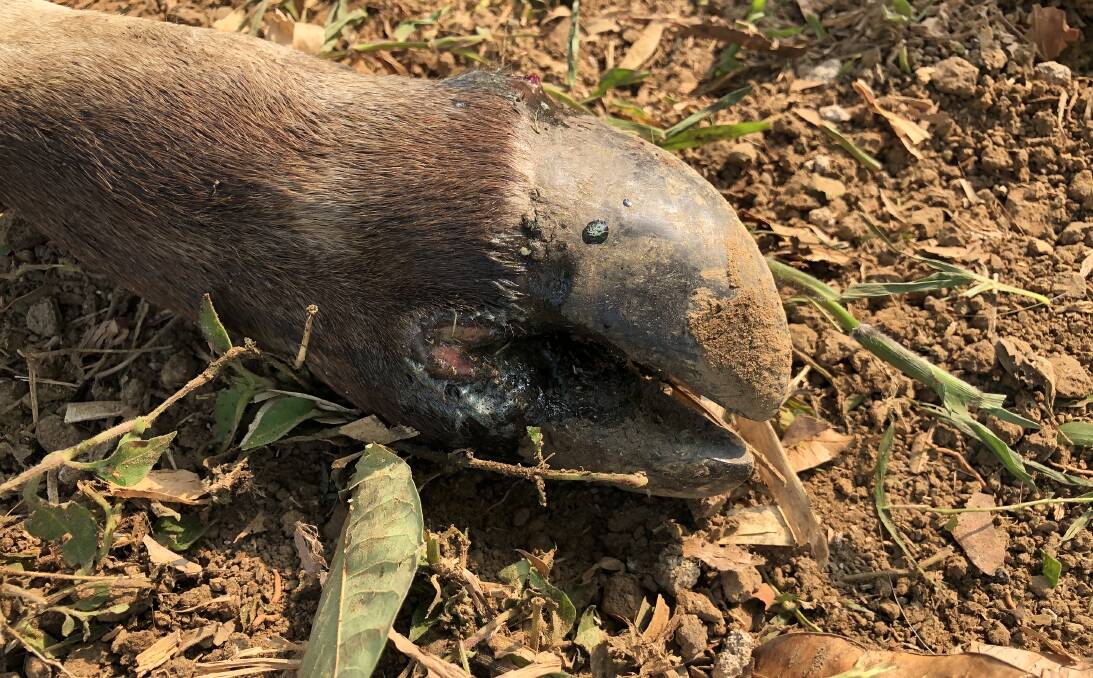
WITH biosecurity threats like foot and mouth and lumpy skin disease moving closer to Australia, talk has turned to the likelihood of a national livestock standstill in the event of a detection on home soil.
Such a measure is a key part of Australia's emergency animal disease preparation work and simulations of foot and mouth disease outbreaks have been conducted in numerous big cattle regions over the past decade to test-run standstills.
The idea is to restrict the spread of the disease and allow authorities time to conduct surveillance activities and trace the movement of affected livestock.
It would likely be called for 72 hours.
Cattle would not be permitted to be moved at all while a standstill is in place - even if they don't look sick or there have been no detections of the disease in the vicinity.
Cattle sales would be stopped mid-flight and no livestock would be allowed on or off the premises.
Given National Livestock Identification System data shows that in NSW alone on any given day 37,000 cattle, 198,000 sheep, 23,000 goats and 7000 pigs leave farms, a standstill would be a major event.
Animals on stock routes would be required to be moved to the nearest watering point and held there.
Those stock n transit when the standstill is called would need to make it back to their property, or to an abattoir, feedlot or saleyard within four hours, and remain there.
In 2007, a standstill for horses and donkeys was declared during the equine influenza outbreak and is credited with reducing the cost and amount of time taken to eradicate the outbreak, according to authorities.
Cases of FMD in Indonesian cattle, and lumpy skin in Sumatra, have raised questions about what an outbreak in Australia would look like in the first few days for the cattle producer.
READ MORE:
FMD is considered the most significant biosecurity threat to Australia's livestock industries.
The Department of Agriculture says anyone keeping or working with cattle, sheep, goats or pigs should be aware of the signs: blisters on the mouth and drooling or limping animals.
If livestock exhibit any unusual signs, call a veterinarian or Australia's Emergency Animal Disease Watch Hotline on 1800 675 888.
Anyone returning to Australia after visiting a farm or interacting with livestock abroad should declare this upon their return, so steps can be taken to remove the risk of transmission through contaminated clothing or dirty shoes.
FMD is a viral disease that spreads rapidly between animals. The virus is excreted in breath, saliva, mucus, milk and faeces.
It can be excreted by animals for up to four days before clinical signs appear. The disease spreads most commonly through the movement of infected animals.
In sheep the symptoms can be absent or very mild, and undetected infected sheep can be an important source of infection. FMD virus can also be spread on wool, hair, grass or straw; by the wind; or by mud or manure sticking to footwear, clothing, livestock equipment or vehicle tyres.
DAWE experts say pigs are regarded as 'amplifying hosts' because they can excrete very large quantities of the virus in their exhaled breath.


